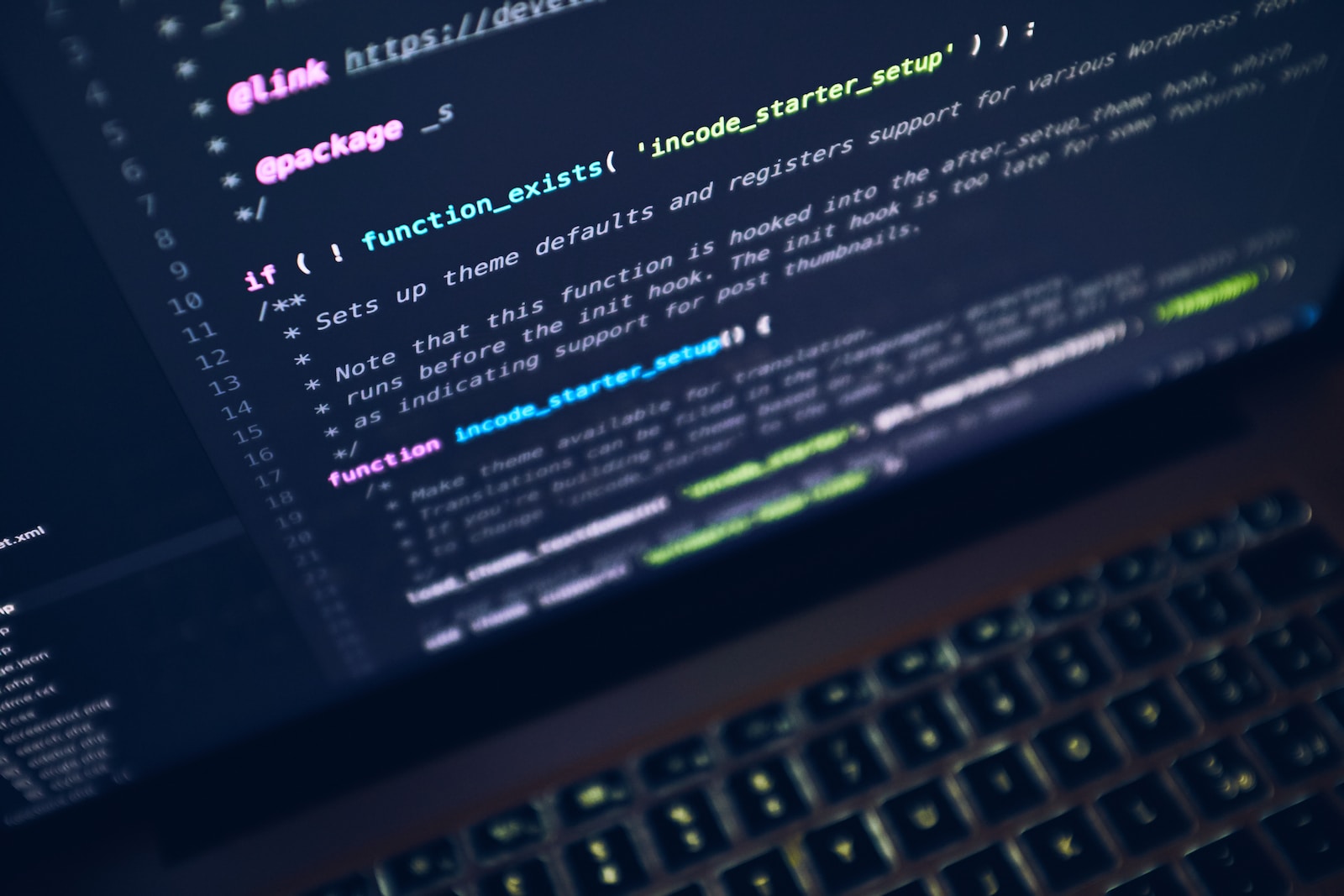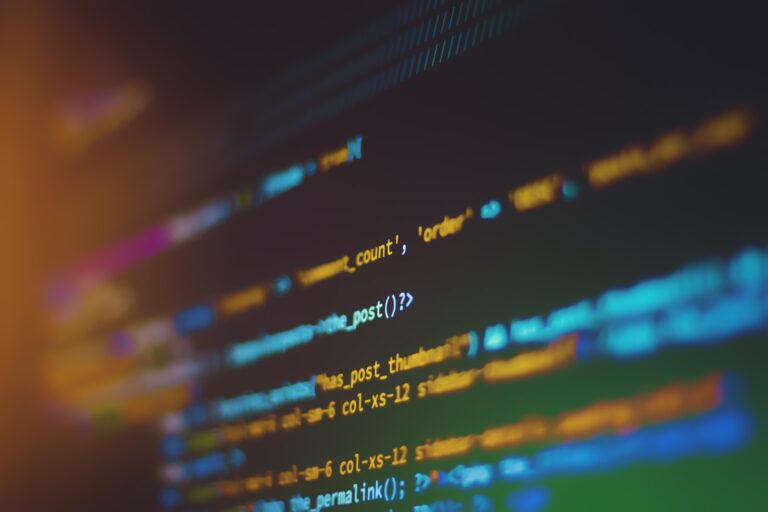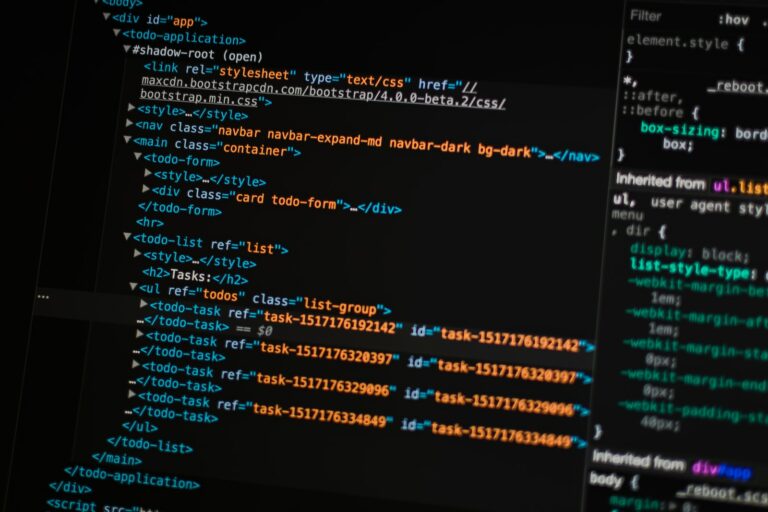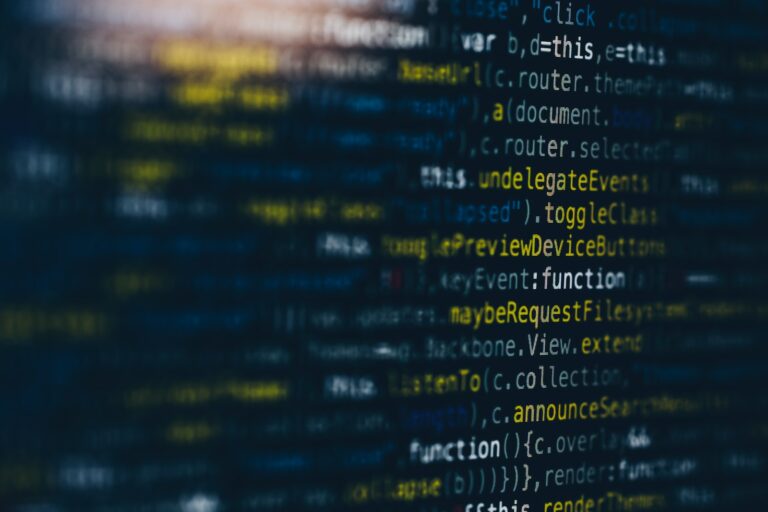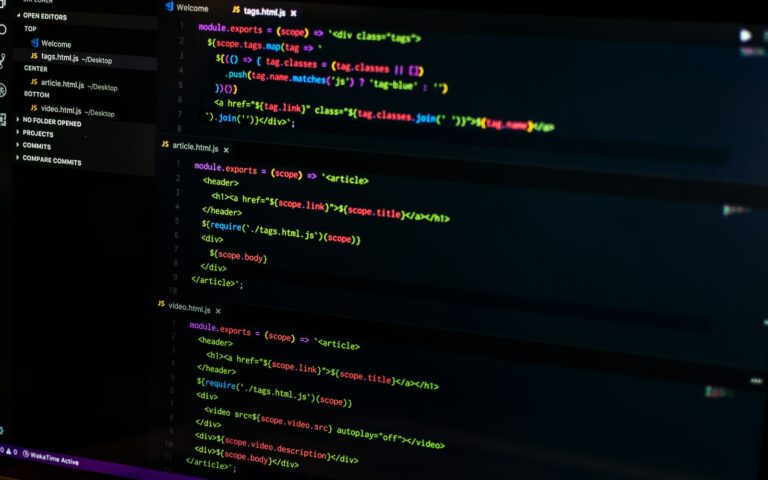Python is a powerful and versatile programming language used in a wide range of applications. However, even the most skilled Python developers encounter errors and bugs in their code. That’s where exception handling comes in – it is a crucial aspect of Python programming that helps prevent errors and ensure smooth code execution.
Exception handling refers to the process of detecting and responding to errors in your code. When an error occurs, Python will raise an exception, signaling that something has gone wrong. By handling exceptions properly, you can prevent your program from crashing and provide a more user-friendly experience for your end-users.
In this tutorial, we will cover everything you need to know about exception handling in Python. We will start by discussing the basics of exception handling and the syntax of a try-except block. We will then delve into the different types of exceptions in Python and explore techniques for handling them effectively.
Whether you’re a beginner or an experienced Python developer, this tutorial will provide you with the knowledge and tools you need to master exception handling in Python.
Key Takeaways
- Python exceptions are raised when an error occurs in your code.
- Exception handling is the process of detecting and responding to errors in your code.
- Proper exception handling can prevent your program from crashing and provide a more user-friendly experience.
Types of Python Exceptions
In Python, exceptions are different types of errors that occur during program execution. Python provides a robust exception handling mechanism that allows you to gracefully handle these errors and prevent your program from crashing.
Built-in Exceptions
Python comes with a set of built-in exceptions that represent common error scenarios. Some of the most frequently used built-in exceptions are:
| Exception Name | Description |
|---|---|
| TypeError | Raised when an operation or function is applied to an object of inappropriate type. |
| ValueError | Raised when a function is called with an argument of correct data type but with an inappropriate value. |
| IndexError | Raised when you try to access an index that does not exist in a sequence. |
You can catch these built-in exceptions using the try-except block or handle them globally using the except statement.
Custom Exceptions
Python also allows you to define your own exception classes to represent specific error scenarios that are not covered by the built-in exceptions. To define a custom exception class, you need to inherit from the Exception class or one of its subclasses.
Note: It is recommended to define a custom exception class for each distinct error scenario, rather than using a generic exception class for all errors. This helps in writing more robust and maintainable code.
Exception Hierarchy
Python’s exception hierarchy organizes the built-in exceptions into a parent-child relationship, where the parent exception class is a general representation of a category of exceptions, and the child exception classes are more specific representations of different error scenarios within that category. This hierarchy helps in catching multiple exceptions using a single except block.
For example, the IOError and OSError classes are both child classes of the EnvironmentError class, which represents errors related to the execution environment (e.g., file I/O, network I/O, etc.). Hence, you can catch both IOError and OSError using a single except block for the EnvironmentError class.
Raising Exceptions
Python allows you to explicitly raise exceptions using the raise statement. You can raise a built-in or custom exception with a custom error message to provide additional context to the exception.
For example, to raise a ValueError with a custom error message, you can use the following code:
raise ValueError("Invalid input. Please enter a positive number.")The raised exception will propagate up the call stack until it is caught by an appropriate except block or reaches the top-level of the program.
Handling Exceptions in Python
Exception handling in Python is crucial for ensuring smooth code execution and preventing errors. In this section, we will explore various techniques for handling exceptions in Python.
The basic syntax for handling exceptions is the try-except statement.
“The try block contains the code that might raise an exception, while the except block contains the code that gets executed if an exception occurs.”
Multiple except blocks can be used to handle different types of exceptions. The else clause contains code that executes only if no exceptions were raised, while the finally clause contains code that executes regardless of whether an exception occurred.
Nested try-except blocks can also be used to handle exceptions at different levels of a program.
Let’s look at an example:
| Code | Description |
|---|---|
| In this code, the user is prompted to enter two numbers. The try block attempts to divide the first number by the second number. If the user enters a non-numeric input, a ValueError exception occurs and the corresponding except block is executed. If the user enters 0 as the second number, a ZeroDivisionError exception occurs and the corresponding except block is executed. If no exceptions are raised, the else block is executed. The finally block is executed regardless of whether an exception occurred. |
By using exception handling techniques like the ones described above, you can ensure that your program runs smoothly and avoid costly errors.
Error Logging and Traceback in Python
When an exception occurs in your Python code, it can be challenging to debug the issue without knowing its root cause. This is where error logging and traceback functionality in Python comes in handy.
In Python, you can use the raise keyword to raise an exception explicitly, either by using a built-in exception or a custom one. To catch and handle an exception, you can use a try-except block.
When the code in the try block raises an exception, the interpreter immediately jumps to the except block, skipping the remaining code in the try block. The except block then handles the exception based on its type and provides a helpful message to the users about what went wrong in the code.
However, sometimes, it can be challenging to determine the source of the error using just the message. This is where traceback comes in handy. Traceback provides you with detailed information about the exception, including the traceback of the code execution path that led to the exception and the line number where the exception occurred.
You can obtain traceback information using the traceback module in Python. This module lets you handle exceptions, retrieve traceback information, and display it to the user or write it to a log file.
Tip: It’s always a good idea to log the error information to a file or database whenever an exception occurs. This helps in debugging the error later and also ensures that you don’t lose information about the exception.
Python’s traceback functionality is a powerful tool that can help you in debugging your code effectively. By leveraging it, you can quickly identify the source of the error and provide meaningful error messages to your users.
Best Practices for Exception Handling
Exception handling is an essential aspect of writing robust and maintainable code in Python. Here are some best practices to keep in mind while handling exceptions:
1. Use Specific Exceptions
It’s essential to use specific exception types instead of catching all exceptions. Catching all exceptions can lead to masking bugs and make debugging more difficult. Be specific about the type of exception that the code might raise.
2. Handle Exceptions Only Where Appropriate
Avoid handling exceptions where they are not necessary. For example, if a file does not exist, it might be appropriate to raise an exception. However, if the file is expected to be absent, it might not be necessary to raise an exception.
3. Keep Error Messages Clear and Concise
When raising an exception, be sure to include a clear and concise error message. This helps in debugging and understanding the cause of the exception. Avoid verbose messages or messages that reveal sensitive information.
4. Use Finally to Release Resources
Use the finally clause for releasing resources that were acquired in the try block. This is especially useful for closing file handles or network connections, as they might leak if not closed properly.
5. Avoid Empty Except Blocks
Avoid using empty except blocks, as they catch all exceptions, including system exit and keyboard interrupts. This can lead to unexpected behavior and make debugging more difficult. Instead, catch specific exceptions and handle them appropriately.
6. Test Exception Handling Code
Test the exception handling code thoroughly to ensure that it behaves as expected. Test the code with both valid and invalid inputs, and ensure that the error messages and exception handling are appropriate for each case.
Conclusion
Exception handling is a critical aspect of Python programming that can help prevent errors and ensure smooth code execution. By understanding the basics of try-except blocks and the various types of exceptions in Python, you can build more robust and resilient code.
Best Practices for Exception Handling
When handling exceptions in Python, it’s important to follow some best practices to avoid common pitfalls and ensure effective error handling. Here are some tips to keep in mind:
- Use exceptions sparingly, and only when necessary to handle abnormal conditions.
- Use specific exceptions whenever possible, rather than catching all exceptions.
- Handle exceptions as close to the source of the error as possible.
- Avoid swallowing exceptions or leaving them unhandled.
- Consider using context managers or the with statement to handle resources and ensure proper cleanup.
By following these guidelines, you can write more maintainable and error-resistant code that is easier to debug and maintain over time.
Thank you for reading this tutorial on exception handling in Python. We hope that it has been helpful in improving your Python programming skills. With these techniques in your toolkit, you can write code that is more reliable, efficient, and robust.

